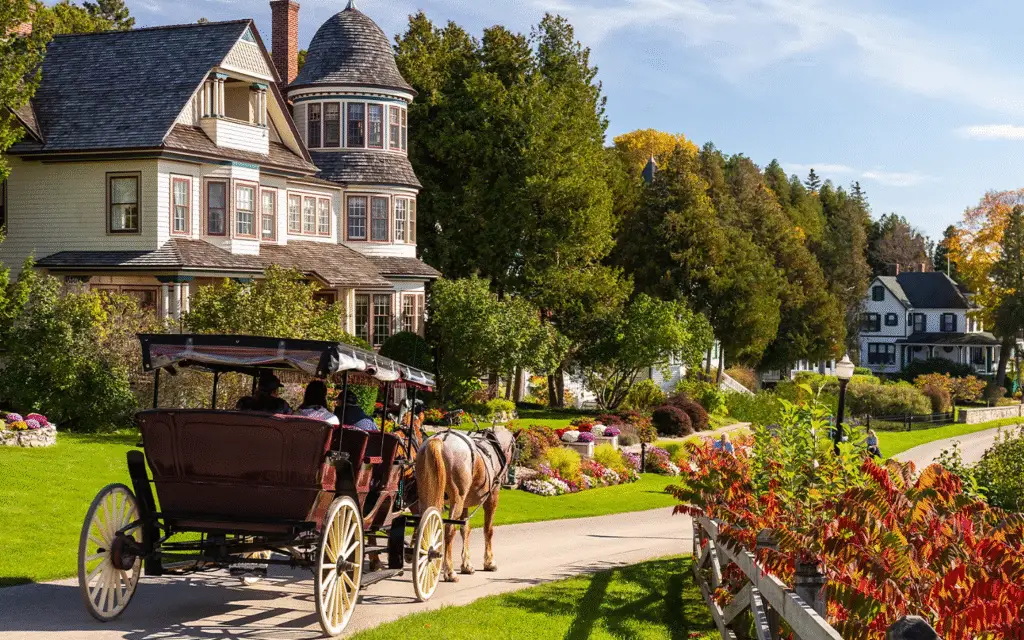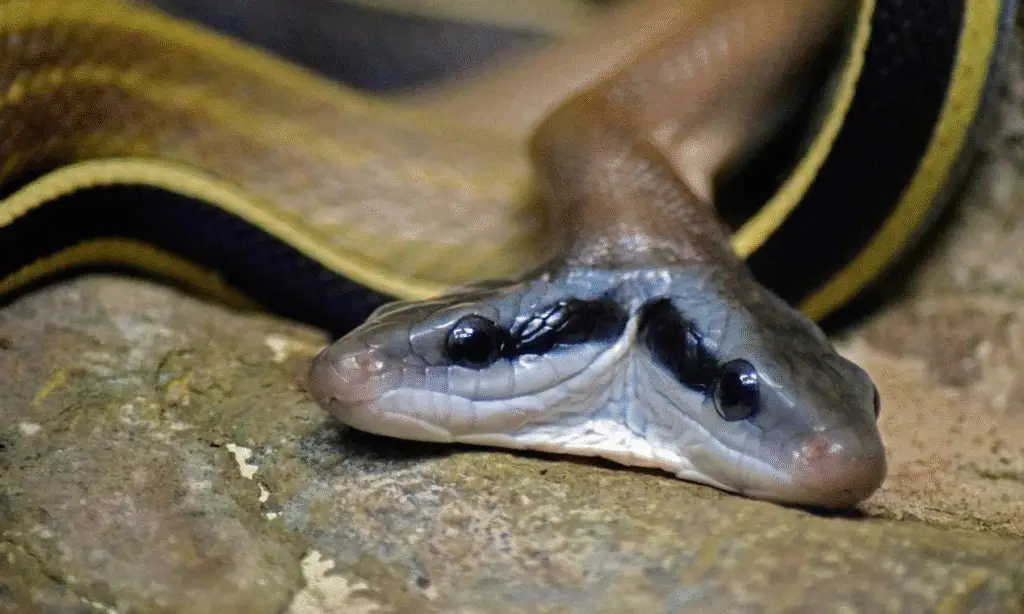Unveiling the Largest Fish Ever Discovered in the Pacific Ocean

Imagine swimming alongside a creature the length of a semi-truck, its polka-dotted skin glinting in the sunlight as it glides through the ocean.
That’s exactly what marine biologists experienced in April 2025 when, during a routine survey off a Pacific coast, they stumbled upon a 60-foot whale shark—the largest ever recorded in the region.
This chance encounter has rewritten what we know about these gentle giants.
The research team, led by Dr. Emily Carter of the Australian Institute of Marine Science, was conducting a plankton survey when they spotted a massive fin breaking the surface.
Initially mistaking it for a smaller whale, they quickly realized they were in the presence of something extraordinary.
“We scrambled to get our equipment ready,” Carter recalled.
“We needed to document this as thoroughly as possible.” They measured the shark, photographed its unique spot pattern, and collected a biopsy sample for genetic analysis.
“This individual could be key to understanding the genetic diversity of the population,” Carter explained. “It might be a distinct lineage or just an exceptionally large specimen.”
A Gentle Giant Breaks Records
Whale sharks are no strangers to superlatives.
As the world’s largest fish, they’ve long captivated scientists and snorkelers alike.
But this individual, stretching an eye-popping 60 feet (18 meters), has left even seasoned researchers speechless.
“This is like finding a redwood in a forest of saplings,” said Dr. Carter.
“It challenges our understanding of how large these animals can grow—and where they might be hiding.”
Typically, whale sharks average 18 to 33 feet, with rare individuals reaching up to 40 feet.
The largest confirmed specimen globally, recorded in the Arabian Sea in 2001, measured 61.7 feet.
This Pacific titan, documented near nutrient-rich coastal waters, now holds the regional record.
Its size isn’t just a flex of nature’s creativity—it’s a critical data point for conservation.
“Large individuals like this are keystones for their populations,” Carter added. “Losing them could have ripple effects we don’t fully grasp yet.”
Why This “Tofu Shark” Matters More Than Ever

Don’t let the nickname “tofu shark”—a nod to their once-prized meat in some Asian markets—fool you.
These filter-feeding behemoths are ecosystem engineers. By vacuuming up plankton, krill, and small fish—up to 46 pounds per hour—they prevent algal blooms and keep marine food webs in check.
Their migrations, spanning thousands of miles from the Philippines to the Gulf of Mexico, also make them living oceanographers.
“Where they go tells us where the ocean’s healthiest,” said conservationist Mark Erdmann.
Their ecological role is vital, yet they face numerous threats that could jeopardize their survival.
Whale sharks are terrible at avoiding trouble.
Their slow, surface-loving habits make them sitting ducks for ship strikes—a threat worsening as climate change pushes them into busier shipping lanes.
Over 75% of their horizontal range overlaps with human maritime traffic, and satellite tags often go dark when they enter these zones, hinting at fatal collisions.
Add illegal fishing, microplastic ingestion, and tourism pressures, and it’s no wonder populations have plummeted by 50% in 75 years.
Tech to the Rescue—But Is It Enough?
Conservationists aren’t just wringing their hands.
Satellite tagging, drone surveys, and AI-powered photo IDs—each shark’s spot pattern is unique, like a fingerprint—are revolutionizing research.
In the Philippines, WWF has cataloged 458 individuals since 2007, while “citizen scientists”—tourists who snap photos—are filling critical data gaps.
International collaborations, like the Whale Shark Project, aim to create a comprehensive database of sightings and tracking data to better understand their behavior and protect critical habitats.
Policy efforts are also gaining traction.
Speed limits for ships in whale shark hotspots, modeled after protections for North Atlantic right whales, could slash collision deaths by 50%.
Meanwhile, “rigs-to-reefs” programs repurpose old oil platforms as artificial reefs, though debates simmer about their long-term impact.
Some argue these structures could disrupt natural habitats, while others see them as a creative solution to habitat loss.
| Conservation Method | Description | Impact |
|---|---|---|
| Satellite Tagging | Tracks whale shark movements across oceans | Helps identify migration patterns and critical habitats |
| Drone Surveys | Monitors whale shark populations from above | Provides data on population size and behavior |
| AI Photo IDs | Uses unique spot patterns to identify individuals | Builds databases for long-term tracking |
| Ship Speed Limits | Reduces vessel speeds in whale shark hotspots | Could cut collision deaths by 50% |
| Rigs-to-Reefs | Converts oil platforms into artificial reefs | Debated for potential habitat benefits vs. ecological disruption |
The Irony of Celebrity Status
Whale sharks are paradoxes: They’re Instagram celebrities, drawing millions in tourism revenue, yet remain enigmatic.
No one has ever seen a whale shark birth, and their lifespan—estimated at 80 to 130 years—is a guess based on growth rings in vertebrae.
Even this 60-footer’s age is a mystery. “It could be 80 years old, or older than your grandma,” joked Dr. Carter. “That’s the thing about the ocean—it keeps secrets.”
Their popularity brings both opportunity and risk.
Ecotourism allows swimmers to get close to these docile giants, but unregulated tourism can stress them.
In some regions, boats crowd feeding grounds, disrupting their natural behavior. Balancing human fascination with their well-being is a delicate dance.
What’s Next?
For now, the focus is on protecting this leviathan and its kin.
Marine protected areas are expanding, and campaigns like Fauna & Flora’s 2025 “watch list” aim to curb illegal trade and habitat loss.
But with climate models predicting a 43% spike in ship strike risks by 2100 if emissions continue unchecked, the clock is ticking.
As Erdmann put it: “We’ve got the tools to save them. The question is whether we’ll act fast enough—or let them vanish into the blue.”
This discovery is a wake-up call, reminding us that even the ocean’s giants need our help to survive in a rapidly changing world.
































